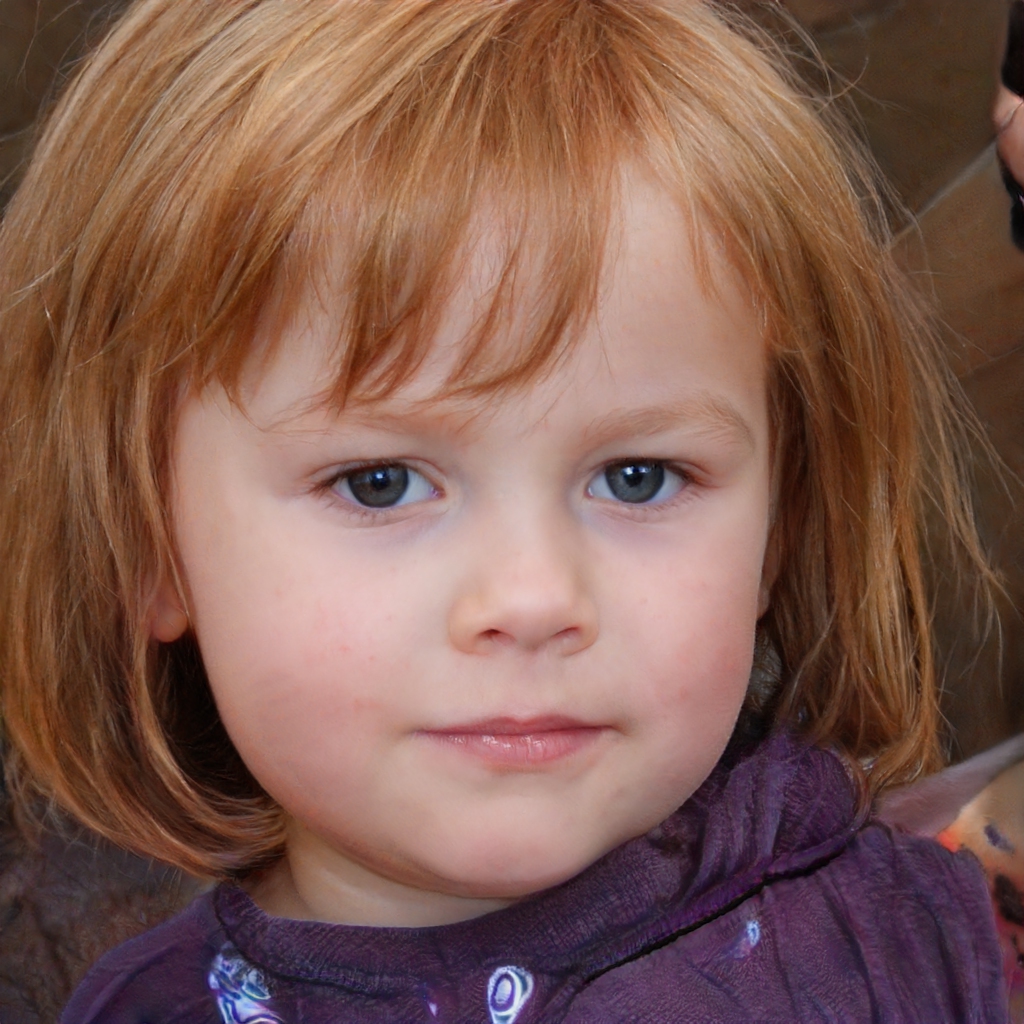VRML (Virtual Reality Modeling Language) is a standard file format for representing three-dimensional (3D) interactive vector graphics, designed particularly with the World Wide Web in mind. VRML files are text files that contain specifications for 3D objects and scenes.
When a VRML file is viewed with a VRML browser, the objects and scenes contained in the file are rendered on the screen according to the specifications. VRML files can be created with a text editor, or with a VRML editor, which is a specialized type of 3D modeling program.
VRML is an open standard, maintained by the Web3D Consortium. The most recent version of the VRML standard is VRML97.
What is Virtual Reality Modeling Language VRML )?
What can you achieve with VRML? Virtual Reality Modeling Language VRML) is a standard file format for representing three-dimensional (3D) interactive vector graphics, designed particularly with the World Wide Web in mind. VRML is a royalty-free format; anyone may produce VRML files and browsers or other software may be written to display them.
With VRML, you can create 3D models of any kind of object, including buildings, landscapes, human figures, and even interstellar space ships. You can also add animation and interactivity to your models, so that they can move and change in response to user input. VRML files can be created with a variety of 3D modeling programs, and then viewed and interacted with using VRML-compatible browsers or other software.
Why is VRML used?
VRML (Virtual Reality Modeling Language) is a standard file format for representing 3-dimensional (3D) interactive vector graphics, designed particularly with the World Wide Web in mind. It is widely used for creating models of 3D environments, such as landscapes, buildings, and products.
VRML files are text files that contain instructions for how to display a 3D environment. The instructions are written in a special language called VRML, which is similar to HTML (the language used for creating web pages). VRML files can be created with a text editor, or with a special VRML editor.
When you open a VRML file in a web browser, the browser will interpret the VRML instructions and display the 3D environment on your screen. You can then navigate through the environment, using your mouse or keyboard.
VRML is an open standard, which means that it is free for anyone to use. VRML files can be viewable by anyone with a VRML viewer or browser plugin, such as Cortona3D Viewer or FreeWRL.
What is VRML programming explain it?
VRML programming is the process of creating virtual reality scenes using the VRML (Virtual Reality Modeling Language) coding language. VRML scenes can be created from scratch using a text editor, or by using a VRML authoring tool such as V-Realm Builder or CosmoPlayer.
Creating a VRML scene typically involves specifying the 3D geometry of objects, their surface properties (color, texture, etc.), lighting, and camera position. Animation can also be added to VRML scenes, by specifying keyframe animation data for objects.
Once a VRML scene has been created, it can be viewed in a VRML viewer such as CosmoPlayer, or embedded in a web page for viewing by anyone with a VRML viewer plugin installed.
What hardware is used for virtual reality?
The hardware used for virtual reality can be divided into two main categories: input devices and output devices.
Input devices are used to track the movement of the user's head and hands, and to provide input to the virtual environment. Common input devices include head-mounted displays, gloves, and joysticks.
Output devices are used to generate the images that are seen by the user. Common output devices include monitors, projectors, and head-mounted displays. Who created VRML? The original creators of VRML were Mark Pesce and Tony Parisi.
